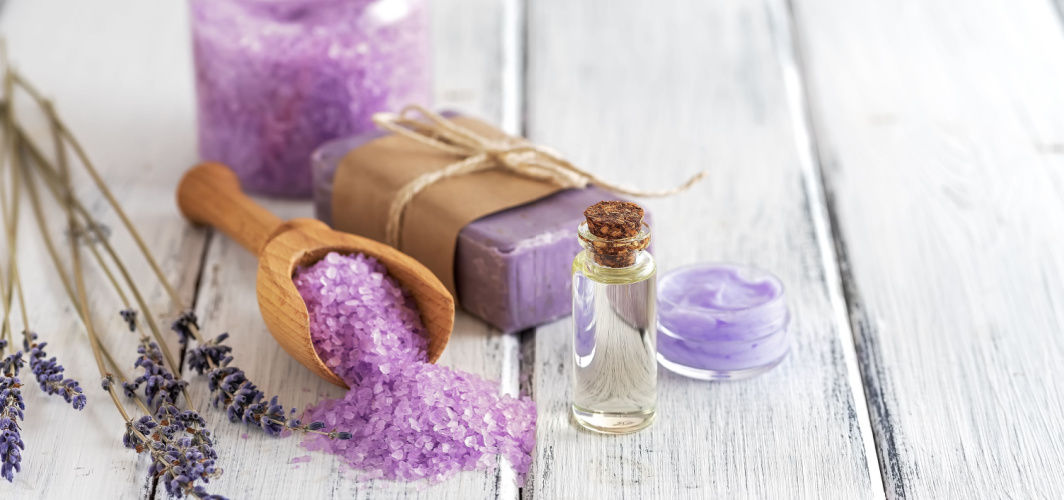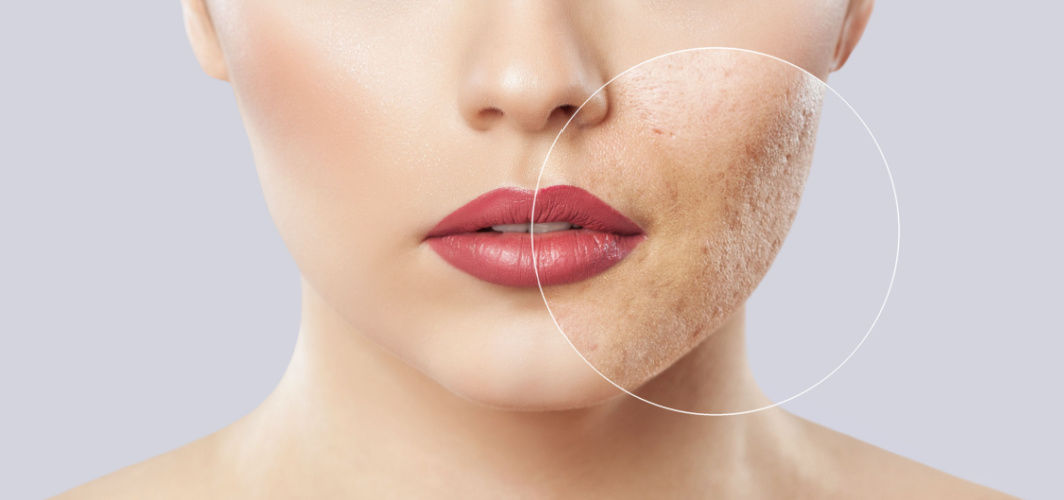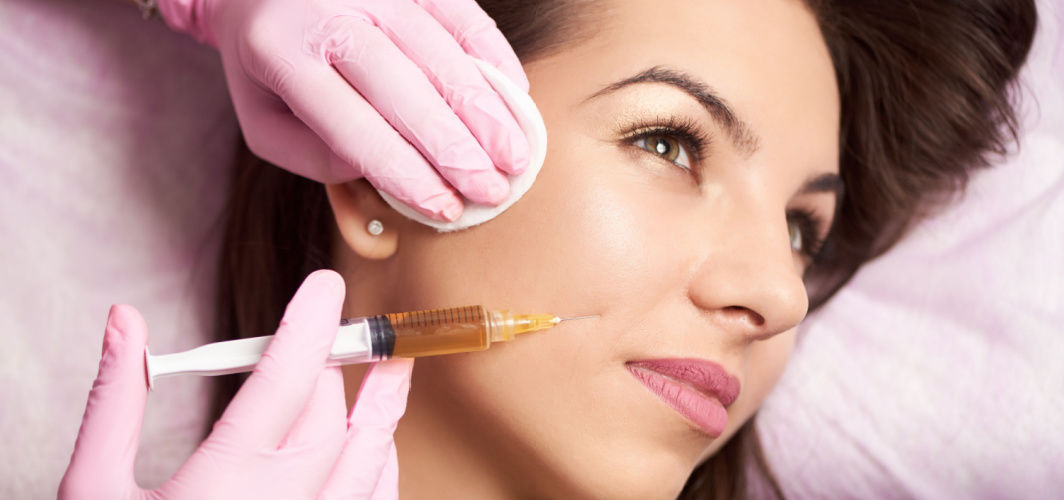Skin Care
5 Tips to Deal With Prickly Heat Rashes
4 min read
By Apollo 24|7, Published on - 27 April 2023, Updated on - 19 June 2023
Share this article
0
0 like

Many people develop prickly, heat rashes during the hot summer season. It goes by different names such as miliaria, prickly heat, or sweat rash and can develop anywhere on the body. Typically, heat rashes appear as small red bumps that resemble acne or sweat beads. People who get rashes may also experience itching, burning, or prickling. Heat rashes occur when sweat becomes trapped in sweat ducts, preventing it from reaching the skin's surface. This blockage causes the pores to clog and results in an inflammatory response in the form of a rash. Although heat rashes may go away on their own within a few days, there are steps you can take to help cool the skin and relieve itching.
Symptoms of Heat Rash
Heat rashes can take anywhere from a few minutes to hours to develop once you begin sweating. Some common symptoms of this condition include:
- A mild itch, which worsens with sweating
- Prickly feeling
- Light burning sensation or mild pain
- Puffed-up skin or swelling around the affected area
If you keep itching and the bumps break open, it can result in some severe symptoms. These include:
- Clear fluid or pus leaking from bumps
- The rash feels warm to touch
- Severe pain
- Persistent and severe itch
- Nausea or fever
How to Deal with Heat Rashes?
There are many steps you can take to treat heat rashes. These include:
1. Apply a Cold Compress
To alleviate heat rashes, one effective method is to cool down the affected skin. Applying a cold compress, such as a cool cloth or an ice pack, can help reduce itching, redness, and swelling. It's essential to wrap the ice pack in a towel to prevent skin damage as direct contact with ice can be harmful. It's recommended to apply the ice pack for 5-10 minutes. You can repeat the process as necessary.
2. Wear Breathable, Moisture-wicking Clothes
When dealing with heat rashes, it's important to wear loose clothing that allows air circulation around your body, thus keeping you cool. Avoid clothes that irritate your skin or make you sweat more as the skin heals itself. Opt for moisture-wicking clothes that are light and loose-fitting as they can help the skin heal without irritating it. Certain polyester and synthetic fabrics designed for sporting and fitness activities are particularly useful for wicking moisture. While cotton is not a moisture-wicking fabric, it is breathable and comfortable to wear.
3. Make Use of Fans and Air Conditioners
To aid in the healing of heat rash, it is important to avoid humid air and excessive sweating. Proper ventilation is key to staying cool and helps the rash dry out. Utilising fans and air conditioning can help keep temperatures low indoors and assist in keeping the body cool. If you’re exercising in hot weather, make sure to choose indoor locations with air conditioning. When exercising outdoors, it's best to select shaded areas or cooler parts of the day to reduce sweating.
4. Take an Oatmeal Bath
Colloidal oatmeal is a natural ingredient that can effectively reduce itching and inflammation. Oatmeal is rich in avenanthramides, which are known for their antioxidant properties, giving it its anti-itch and anti-inflammatory effects. To soothe the skin, you can take a colloidal oatmeal bath. To prepare this, add oatmeal to warm water and soak in it. Oatmeal can also exfoliate the skin gently.
5. Use Anti-itch Medications
If your heat rash is causing severe itching or pain, then the doctor may suggest using calamine lotion or a corticosteroid cream to ease the discomfort. Calamine lotion is particularly beneficial for the skin because it contains zinc oxide, which can soothe itchiness and help treat heat rashes. An over-the-counter hydrocortisone cream is also a good option for relieving the itching and discomfort associated with heat rashes. However, hydrocortisone must not be applied without consulting a doctor.
While these tips can prove to be quite helpful in treating heat rashes and alleviating their symptoms, it’s advisable to consult with a doctor if the condition persists or worsens.
Consult Apollo's Expert Dermatologists
Medically reviewed by Dr Sonia Bhatt.
Skin Care
Leave Comment
Recommended for you

Skin Care
Going For A Bath? Try These Ingredients To Keep Skin Problems At Bay!
Your everyday bathing routine is extremely essential to maintain skin health. To keep skin problems at bay you can add a few beneficial ingredients to your bath water every day. Read on to find out more.

Skin Care
6 Effective Ways To Get Rid Of Acne Scars
Acne once healed can leave permanent scar-like blemishes on your skin, also known as acne scars. However, there are several treatment methods for diminishing the prominence of these scars. Along with your dermatologist’s guidance, you can choose between multiple processes for eliminating these scars from your face.

Skin Care
Are Dermal Fillers Safe To Use?
This comprehensive guide examines the safety and efficacy of dermal fillers for a youthful look. It discusses different types of fillers, their benefits and risks, the importance of professional administration, and tips for minimizing adverse reactions.
Subscribe
Sign up for our free Health Library Daily Newsletter
Get doctor-approved health tips, news, and more.
Recommended for you

Skin Care
Going For A Bath? Try These Ingredients To Keep Skin Problems At Bay!
Your everyday bathing routine is extremely essential to maintain skin health. To keep skin problems at bay you can add a few beneficial ingredients to your bath water every day. Read on to find out more.

Skin Care
6 Effective Ways To Get Rid Of Acne Scars
Acne once healed can leave permanent scar-like blemishes on your skin, also known as acne scars. However, there are several treatment methods for diminishing the prominence of these scars. Along with your dermatologist’s guidance, you can choose between multiple processes for eliminating these scars from your face.

Skin Care
Are Dermal Fillers Safe To Use?
This comprehensive guide examines the safety and efficacy of dermal fillers for a youthful look. It discusses different types of fillers, their benefits and risks, the importance of professional administration, and tips for minimizing adverse reactions.
